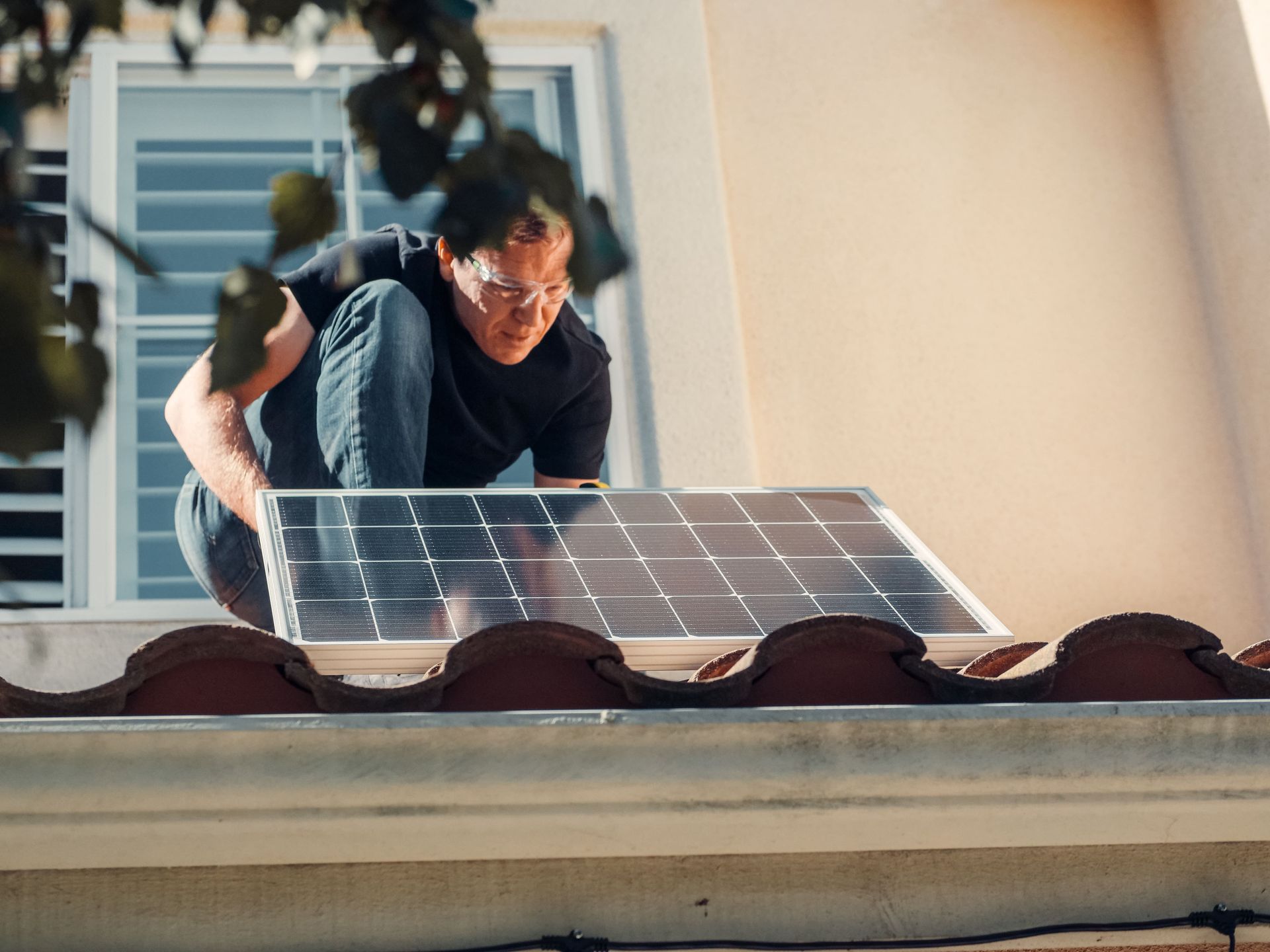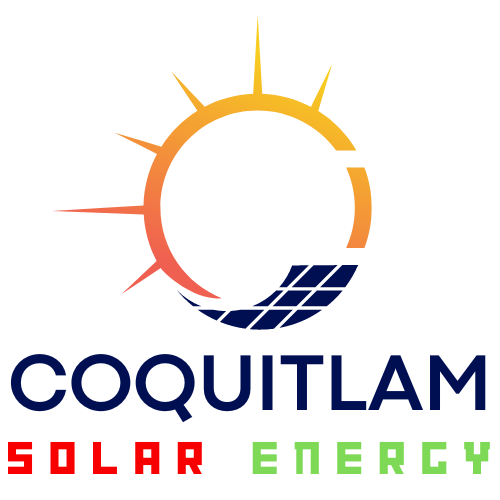Is My Home Suitable For Solar Installation? Questions To Ask On Your First Solar Consultation
As energy bills rise and environmental concerns grow, more homes turn to solar power as a sustainable and affordable option. Canada leads globally in renewable energy generation and use. 16.9% of Canada's primary energy comes from renewable sources like solar PV systems.
Residential solar installations are rising due to technology, financial incentives, and a greener lifestyle. Whether your home is solar-ready involves more than enthusiasm—it requires important considerations and skilled help from experts in the solar industry.
Your first solar consultation is a significant opportunity to ask questions and determine your home's solar potential. To understand the pros and cons, find reliable “solar power installers near me” in Coquitlam who can customize the solar panel system according to your needs.
Should I Replace or Repair My Roof Before Installing a Solar Power System?
Taking care of roof repairs or replacements before solar installation saves money on panel removal and reinstallation. A solar PV system runs at peak efficiency without underlying concerns with a solid roof. Keeping your roof in good shape also protects the installation crew and your home's structure.
Important Considerations
- Roof Age: If your shingle roof is 20-25 years old, replace it before installing solar panels. An examination may be enough for newer roofs under 10 years old.
- Roof Material: Solar-friendly roofing materials include asphalt shingles, metal, and tiles. Wood shingles and slate are harder and more expensive to work with.
- Current State: Check for leaks, missing shingles, and sagging. Have a professional roof check to find hidden problems.
- Structure of Roof: Ensure the roof can handle the weight of the solar panels. Older homes or those with unusual roofing materials need this.
How much space do I need for an efficient system?
How much space do I need for an efficient system?
Before deciding whether solar panels fit your home, you must assess the available roof space. Knowing your space limits helps you and your solar panel installer create the most efficient solution. Understanding your space utilization helps plan expansions if solar energy needs rise.
Sample Space Requirements
Small System (4 kW):
- Energy Needs: Approximately 5,000-6,000 kWh/year
- Number of Panels: 12-16 (assuming 250-350 watts per panel)
- Space Required: 250-350 square feet
Medium System (8 kW):
- Energy Needs: Approximately 10,000-12,000 kWh/year
- Number of Panels: 24-32
- Space Required: 500-700 square feet
Large System (12 kW):
- Energy Needs: Approximately 15,000-18,000 kWh/year
- Number of Panels: 36-48
- Space Required: 750-1,050 square feet
What impact will trees, buildings, or other obstructions have on the production of energy?
Optimal performance estimates and financial projections are more accurate when you understand how nearby obstructions affect solar production. Early detection of shading issues allows proactive mitigation, optimizing system performance. Discussing shading issues with your solar panel installer lets you optimize panel placement and energy-efficient solar system design.
- Direct Shade: With solar panels wired in series, even partial shading on one panel can affect the array's performance.
- Indirect Shade: Nearby buildings and surfaces that reflect or diffuse sunlight can reduce sunlight intensity and solar panel efficiency.
Will my electric bills be reduced with solar panels?
Understand possible savings to decide if solar energy is cost-effective for your household. Knowing your expected savings can also help you budget and investigate financing options to ensure the investment meets your financial goals.
The average homeowner can save 50-70% on electricity bills with a properly designed and installed solar system. However, what you save depends on a few factors:
- Current electricity use. Solar power system saves more when electricity use is higher.
- Solar panel efficiency and system size. More efficient panels and a larger solar PV system can reduce grid dependence on BC Hydro.
- Rates for local electricity. Offsetting grid electricity with solar power saves more at higher local utility rates.
- Sunlight exposure. Power from solar systems depends on how much sunlight your property gets. Homes in sunnier British Columbia areas, like Port Coquitlam, save more.
May I get an estimate of savings based on my energy use?
Get an estimate based on your energy consumption to see how solar energy will affect your expenses. With precise consumption data, the solar panel installer can advise you on the optimal system size to meet your needs. Clear projections give realistic expectations for how well the solar panel installation reduces the cost of electricity.
Here’s a sample estimate:
| Scenario | Moderate Energy Consumption | High Energy Consumption | Very High Energy Consumption |
|---|---|---|---|
| Monthly Energy Usage (kWh) | 800 | 1,500 | 2,500 |
| Current Monthly Electric Bill ($) | $120 | $225 | $375 |
| Estimated Solar System Size (kW) | 5 | 8 | 12 |
| Cost of Solar Installation ($) | $15,000 | $24,000 | $36,000 |
| Estimated Monthly Savings ($) | $80 | $150 | $250 |
| Estimated Annual Savings ($) | $960 | $1,800 | $3,000 |
| Payback Period (years) | 12-14 (depending on incentives) | 10-12 (depending on incentives) | 8-10 (depending on incentives) |
How should I position the solar panels on my roof for maximum efficiency?
Understanding your solar power systems' best orientation and angle maximizes solar production and lowers power costs. Professional solar panel installers may customize the system to your roof, considering shading, roof slope, and other factors.
Optimal Orientation
- Southern Exposure: Solar panels should face true south in the Northern Hemisphere.
- Other Directions: East and west orientations can work if your roof isn't south-facing, but they yield less energy.
Optimal Angle
- Consider Latitude: Latitude usually determines the best solar panel tilt angle. If you dwell at 30 degrees latitude, a tilt angle of 30 degrees seems ideal.
- Roof Pitch: The roof pitch may also affect panel tilt. Solar panel installers can alter the angle with mounting methods, but steep or flat roofs may require additional considerations.
What happens to my solar energy system during cloudy days or during winter?
Knowing how weather affects solar production helps you prepare for output fluctuations, optimize system design and efficiency, mitigate energy deficit, and compute accurate energy savings and return on investment.
- Lower sunlight. Solar panels receive less sunlight due to clouds and shorter days.
- Amount of snow. Snow on solar panels blocks sunlight and reduces energy generation.
- Lower Energy Production. Solar panels generate less electricity owing to decreasing sunlight intensity and shorter daylight hours.
Proper system design, grid-tied solar systems, and battery storage for excess energy can maximize energy production and reduce weather effects
From beginning to end, how long does installation typically take?
Planning and setting realistic expectations require knowing the solar panel installation timeline. This timeline helps you work with your solar PV system installer, utility company, and other stakeholders. The solar panel installation phases allow you to track progress and address issues quickly.
Here's an overview of typical solar panel installation:
Pre-Installation Phase
- Site Assessment: Takes 1-2 weeks from initial contact to site visit.
- System Design and Proposal: 1-2 weeks, depending on complexity and revisions.
- Necessary Permits and Paperwork: Vary by location but average 2-8 weeks.
Installation Phase
- Equipment Procurement: 1-4 weeks; depending on supplier lead times and availability.
- Solar Panel Installation: Takes 1-3 days or more, depending on system size and complexity.
- Electrical Link: Usually takes 1-2 days.
Post-Installation Phase
- Inspect and Approve: Turnaround time for inspections is usually 1-2 weeks.
- Utility Interconnection: 2-8 weeks; depending on the utility's processing time and workload.
- Total Timeline: The installation process usually takes 6-12 weeks, depending on factors, from site assessment to solar PV system activation.

Book Your First Solar Consultation Today
Homeowners may maximize solar energy benefits by asking the right questions regarding solar panels. With the proper information and guidance, customers can confidently switch to solar electricity and take advantage of its benefits for years.
Consulting with Coquitlam Solar Energy is the next step toward your solar journey. You'll get individualized answers and advice throughout the session to help you adopt solar energy effectively. Start reducing your carbon footprint while saving money.
Frequently Asked Questions
What makes solar energy the ideal energy source?
Solar energy is a renewable resource that never runs out. It is environmentally friendly and a clean energy source, producing no carbon emissions or other greenhouse gases. It prevents the environmental harm caused by mining or drilling for fossil fuels.
What are the latest advancements in solar technology?
- Silicon heterojunction and tandem solar cells: Heterojunction solar cells use layered semiconductor materials for better efficiency. Recent advancements, like tandem cells with new materials (perovskites, quantum dots), make production more viable for manufacturers.
- Perovskites: Perovskites are of great interest to solar researchers because they're easy to make, can be applied to surfaces using simple methods, and can be tuned to capture various wavelengths of light.
- Floatovoltaics: Installing solar panels on water improves efficiency by cooling them, enhances water quality, and reduces evaporation, making it ideal for use on bodies of water at existing power plants.
- Agrivoltaics: Agrivoltaics, or "solar sharing," involves placing solar panels on farmland to generate electricity and benefit farmers by improving crop yields, utilizing grazing land, and reducing irrigation water usage.
What is the maintenance required for solar systems?
To maintain solar panels, clean them at least twice a year: once at the end of fall and again at the start of winter. In areas with high dust, pollen, or dirt, more frequent cleaning, such as every three months, is recommended.
CONTACT
Telephone: 604-337-1958
E-mail: info@coquitlamsolarenergy.ca
LOCATION
Coquitlam, BC V3B 0A4, Canada
Coquitlam Solar Energy | All Rights Reserved | 2023
